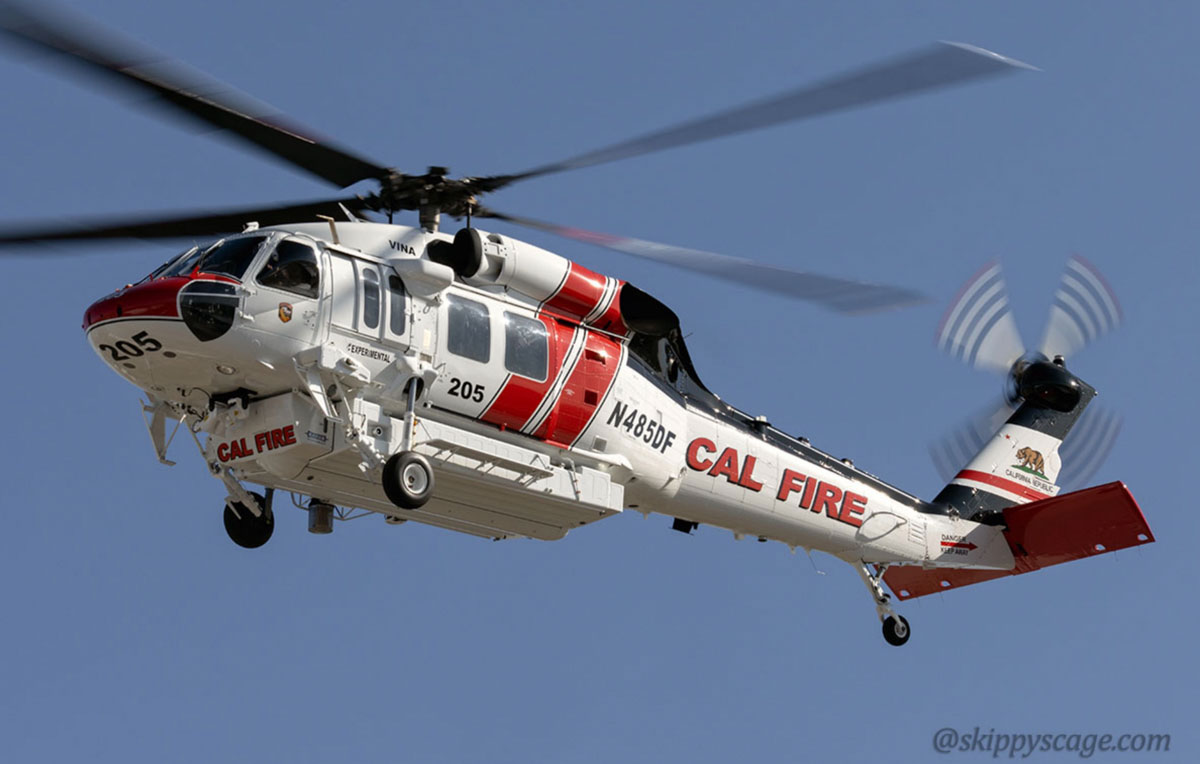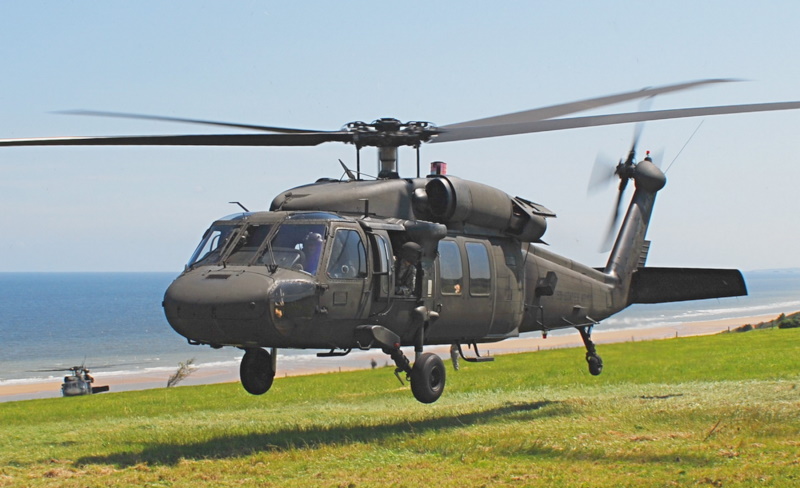Inside the Sikorsky S 70: What Sets This Helicopter Apart from Its Rivals
Inside the Sikorsky S 70: What Sets This Helicopter Apart from Its Rivals
Blog Article
High-Performance Multi-Role Rotorcraft Featuring Advanced Cabin Technologies and Integrated Sensing Unit Systems
The world of rotorcraft innovation has seen notable innovations in recent times, specifically in the world of high-performance multi-role rotorcraft geared up with sophisticated cabin technologies and flawlessly integrated sensing unit systems. In the complying with conversation, we will explore the advancement of rotorcraft innovation, dive into the world of advanced cabin innovations, and take a look at the implications of incorporated sensing unit systems on the operational adaptability and efficiency of contemporary rotorcraft.
Advancement of Rotorcraft Technology
The evolution of rotorcraft modern technology has been marked by considerable improvements in aerodynamics, materials, and propulsion systems, shaping the capacities and efficiency of contemporary rotorcraft. Wind resistant renovations have improved the performance and ability to move of rotorcraft, permitting for boosted rate, dexterity, and security during trip (sikorsky s 70). Technologies in products, such as using composite materials and progressed alloys, have actually led to lighter yet stronger rotorcraft structures, boosting total efficiency and durability. Furthermore, innovations in propulsion systems, consisting of extra effective engines and ingenious propulsion innovations, have allowed rotorcraft to achieve greater altitudes, faster speeds, and higher payloads.
These innovations have not just transformed the capabilities of rotorcraft but have likewise increased their applications across various markets, consisting of military, industrial, and emergency services. The continual advancement of rotorcraft modern technology remains to drive advancement in the field, pressing the limits of what is possible and forming the future of vertical trip.
Advanced Cockpit Innovations
Structure upon the foundational developments in the rules of aerodynamics, materials, and propulsion systems, the realm of rotorcraft modern technology now changes emphasis towards introducing Advanced Cabin Innovations. The assimilation of sophisticated modern technologies within the cabin environment plays an essential duty in improving the functional capacities, security, and efficiency of contemporary rotorcraft. sikorsky s 70. Advanced Cockpit Innovations encompass a large selection of features made to offer pilots with boosted situational understanding, streamlined information monitoring, and user-friendly control interfaces
One of the crucial advancements in cockpit layout is the execution of glass cockpits, which change traditional analog gauges with high-resolution display screens. These digital systems use personalized formats, real-time data combination, and boosted readability, enabling pilots to accessibility vital details at a glance. Moreover, advanced avionics systems, such as fly-by-wire controls and increased fact displays, are reinventing how pilots communicate with the aircraft, enabling specific control and enhanced decision-making abilities.


Integrating innovative cockpit developments not only enhances pilot efficiency however likewise adds to overall objective effectiveness and safety and security in complex operational settings. By leveraging cutting edge technologies within the cockpit, rotorcraft makers are establishing new requirements for functional quality and mission success.
Integrated Sensing Unit Systems
With the evolution of rotorcraft technology, the integration of innovative Integrated Sensor Equipment has become extremely important in improving operational efficiency and safety. These Integrated Sensing unit Systems include a vast variety of innovations that give vital information for various features such as navigation, security, targeting, and ecological surveillance. By seamlessly incorporating sensing units like radars, electronic cameras, lidar, and infrared systems right into rotorcraft, operators can gain from boosted situational understanding, enhanced objective capacities, and decreased pilot workload.
One key advantage of Integrated Sensor Systems is their ability to collect real-time information and offer actionable understandings to pilots and mission operators. As an example, advanced radar systems can detect and track targets over long distances, enabling early hazard discovery and reliable feedback planning. Additionally, integrating electro-optical and infrared cameras enables rotorcraft to carry out reconnaissance and monitoring missions with accuracy and precision.
In significance, the integration of cutting-edge sensor innovations right into rotorcraft not just improves operational efficiency however likewise contributes substantially to general objective success and crew security. As rotorcraft remain to progress, the role of Integrated Sensor Solution will definitely stay at the leading edge of technology in the aerospace sector.
Functional Adaptability and Performance
Enhancing functional versatility and performance in rotorcraft is an all-natural development from the integration of sophisticated Integrated Sensor Systems. By leveraging the understandings and information provided by these sophisticated sensor systems, rotorcraft can optimize their performance throughout numerous missions and atmospheres.
Functional versatility encompasses the capability of rotorcraft to adapt to different functions and scenarios efficiently. With advanced cabin technologies and integrated sensing unit systems, rotorcraft can perfectly change between tasks such as search and rescue, medical discharge, surveillance, and extra. This adaptability improves the rotorcraft's capability to satisfy diverse operational needs without requiring extensive reconfiguration.
Effectiveness in rotorcraft procedures is essential for optimizing objective performance and source usage. Integrated sensing unit systems play a pivotal duty in improving operational effectiveness by providing real-time data on climate condition, surface mapping, target tracking, and a lot more. This data makes it possible for pilots to make informed decisions quickly, maximize trip courses, preserve fuel, and improve total mission efficiency.
Influence on Modern Aviation Operations
"/>
Moreover, the assimilation of advanced sensing units facilitates improved mission preparation and implementation, enabling rotorcraft to carry out a wide variety of tasks with boosted precision. From search and rescue operations to aerial firefighting and police missions, the capabilities of modern rotorcraft outfitted with advanced cockpit innovations and incorporated sensor systems are unequaled.
Furthermore, the influence of these improvements extends past operational performance to cost-effectiveness and sustainability. By optimizing flight courses, fuel usage, and upkeep schedules, high-performance rotorcraft furnished with innovative cabin modern technologies and sensors add to lowering operational prices and ecological impact, making them vital assets in modern-day aviation operations.
Final Thought
Finally, the high-performance multi-role rotorcraft with advanced cockpit innovations and incorporated sensing unit systems stands for a significant advancement in air travel innovation. These technologies boost operational flexibility and effectiveness, eventually affecting modern-day aviation operations in a positive way. The combination of these sophisticated technologies enables boosted abilities and efficiency in various goal circumstances, showcasing the continued innovation of rotorcraft modern technology in the aeronautics sector.
The world learn this here now of rotorcraft modern technology has actually seen remarkable advancements in current times, specifically in the realm of high-performance multi-role rotorcraft geared up with cutting-edge cabin innovations and perfectly incorporated sensor systems. From boosted goal adaptability to improved functional efficiency, the merging of advanced cabin innovations and integrated sensor systems has actually Recommended Reading ushered in a brand-new era of possibilities for rotorcraft applications. In the adhering to conversation, we will discover the development of rotorcraft modern technology, dive right into the realm of advanced cabin advancements, and examine the ramifications of incorporated sensor systems on the functional convenience and effectiveness of contemporary rotorcraft.

Report this page